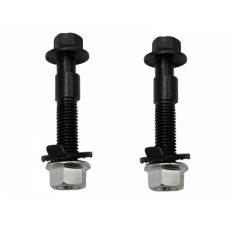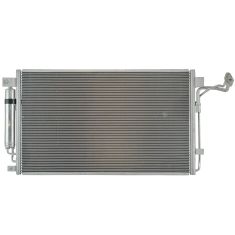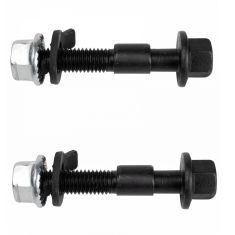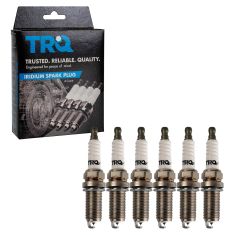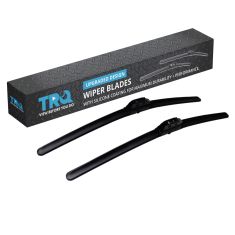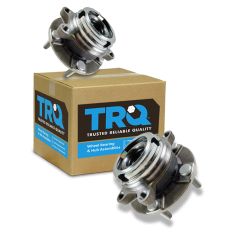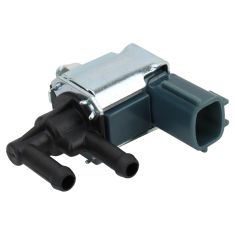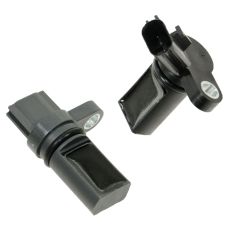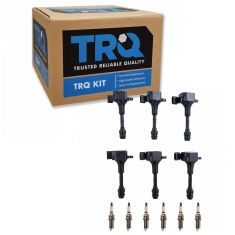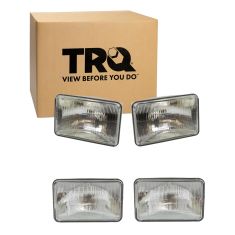Nissan Maxima
-
Notify When Available$20.95Save 32%List $30.95 Save $10.00Brand: TRQ - PSA71581$20.95Save 32%List $30.95 Save $10.00
-
Notify When Available
Replaces Nissan Altima Maxima A/C Condenser and Receiver Drier Assembly TRQ ACA84388
Brand: TRQ- ACA84388$87.95Save 19%List $108.95 Save $21.00Brand: TRQ - ACA84388$87.95Save 19%List $108.95 Save $21.00 -
Notify When Available$19.95Save 39%List $32.95 Save $13.00Brand: TRQ - PSA60166$19.95Save 39%List $32.95 Save $13.00
-
Notify When Available$54.95Save 14%List $63.95 Save $9.00
Replaces 6 Piece Spark Plug Set TRQ SPA02135
Brand: TRQ - SPA02135$54.95Save 14%List $63.95 Save $9.00 -
Notify When Available$34.95Save 29%List $48.95 Save $14.00Brand: TRQ - WPB54556$34.95Save 29%List $48.95 Save $14.00
-
Notify When Available
Replaces Nissan Infiniti Front Driver & Passenger Side 2 Piece Wheel Bearing & Hub Assembly Set TRQ BHA50048
Brand: TRQ- BHA50048$144.95Save 12%List $163.95 Save $19.00Replaces Nissan Infiniti Front Driver & Passenger Side 2 Piece Wheel Bearing & Hub Assembly Set TRQ BHA50048
Brand: TRQ - BHA50048$144.95Save 12%List $163.95 Save $19.00 -
Notify When Available$34.95Save 19%List $42.95 Save $8.00Brand: TRQ - EVA47787$34.95Save 19%List $42.95 Save $8.00
-
Notify When Available$39.95Save 27%List $54.95 Save $15.00Brand: TRQ - ESA12272$39.95Save 27%List $54.95 Save $15.00
-
Notify When Available$149.95Save 26%List $203.95 Save $54.00Brand: TRQ - ICA71748$149.95Save 26%List $203.95 Save $54.00
-
Notify When Available$84.95Save 11%List $95.95 Save $11.00
Replaces 4 Piece Headlight Set TRQ LKA93536
Brand: TRQ - LKA93536$84.95Save 11%List $95.95 Save $11.00
The Datsun 810
The Nissan Maxima debuted during a time when the Datsun name was still relevant and four door sports cars were somewhat of a rarity. The Datsun 810 embodied all of that, and other than its appearance, it was quite appealing. It had plenty of room, a smooth ride, good handling, and a six-cylinder engine with 125 horsepower that was different from the normal four-cylinder found on most sedans and wagons. Amenities like these put it in a class with cars like the BMW 320i. In 1979, two years after the 810's debut, Nissan released a two-door coupe for a sportier look and feel.
From the 810 to the Maxima
The main point of the 810 was to appeal to families. It had the dual capability of being a family car and an everyday driver that didn't feel too large for a single person. Nissan was going through the process of rebranding its production cars under their own name, so the 810 followed suit as the Nissan 810 Maxima for the 1981 model year. It embraced the same identity as the 810 and did not differ much besides the absence of a coupe version. It was built with the same six-cylinder engine, and halfway through the year a diesel version was released with the horsepower dropping down to 80. For the 1982 year all models switched to the Maxima name and dropped the 810 moniker.
For the third generation, the Maxima switched over to front-wheel drive, offered automatic transmission with the base GL trim or manual transmission with the SE, and rode on a 3.0-liter fuel-injected V6 capable of 154 horsepower. Many saw it as an overall improvement from the second generation. There wasn't much change from the first model in performance, and additions such as an anti-theft system and an automatic transmission later included on the SE trim kept the Maxima relevant. Nissan dropped the wagon for the fourth generation and bumped up the horsepower to 160. It was stylized to look more conventional for the American market, and the popular SE model helped adopt the title "4DSC" that meant "four-door sports car." The 1992 restyling also brought the SE an increased output in horsepower, bumping it up to 190.
Maxima as the Flagship
To close out the nineties, the fifth generation increased in size and decreased in sound. Nissan focused on reducing engine noise and crafting a smoother, quitter ride. Improvements to the V6 also gave the Maxima better performance, rendering it capable of reaching 60 miles per hour in 7.4 seconds. The fifth generation also saw an upscale GLE trim. The redesign gave the Maxima a more rounded, aerodynamic look, to compete with cars like the Passat. The Maxima continued to improve for the sixth generation with the 2000 model year. The V6 upped to 222 horsepower which later grew to 3.5-liters and 255 horsepower for the 2002 model year.
To kick off the sixth generation in 2004, the V6 bumped up to 265 horsepower and featured an all-new and unique design. The grille was styled first with a chrome panel surrounding the Nissan logo, and later changed in 2007 to a chrome trim to give it a gaudy feel. One of the more innovative features was the "SkyView" glass panel centered on the roof that could open up to reveal the passing sky above. Maintaining its family and sporty identity, the seventh generation upped the horsepower to 290 for the 2009 model year with a redesign with stylish slanted headlights and a chrome trim to give it an upscale feel to own the true executive car look.
The Maxima Today
Today, the Maxima still has a sporty feel with family-size capabilities. The new 2016 model will launch the eighth generation. Still featuring the 4DSC tag, the Maxima will retain the V6, this time with 300 horsepower. It also comes with a bold new jet-fighter inspired look, custom tires, driver attention alert system, "Zero-Gravity" seats for ideal comfort on long drives, and an all new designed interior to give it an upscale feel. As the Maxima's history continues, much of its past shows that each successive generation has been an improvement from the last, and one can only hope it stays on the same path for the future.
